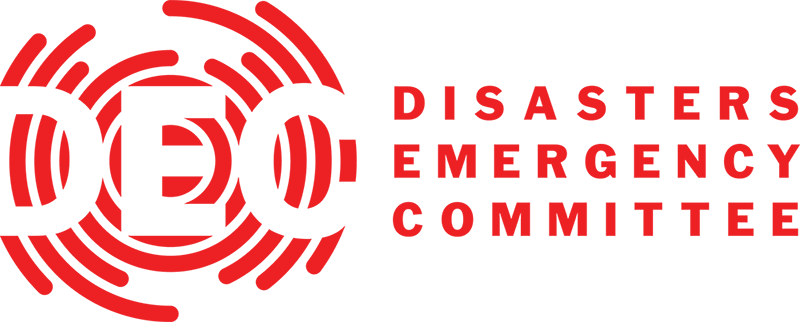
Delivering Clean Water

In Nyango, Kenya, the task of fetching water has become almost impossible for the girls of the community.
The water is milky under a green layer of decay, smelling of rotten vegetation and animal dung. Children come running down the slope of the reservoir, shouting and laughing with joy when they see that there is still some water in the bottom.
They rush to fill their buckets and old plastic cans with the filthy water, as thick as porridge, scooping it up from the puddle with an old tin can or plastic mug. This is the water they will take home. The next nearest source to their village is a trek away of some 30 kilometres.
“If we could not get water here, we would have to trek all the way to Nyalani, 30 km away, or even Kisaya which is 40 km off, through the thorny bush and up and down the valleys. We will use this water,” says Mwanaisha, a 14-year old girl. In this pastoral community, girls have always had to fetch the water, however far away.
“Cows, dogs, and wild animals come to drink from here. Once they have had their fill they defecate in the water,” she adds. She is well aware of how polluted the water is. Nyango is always very dry, but it has never been as bad as this, according to the residents.
Purifying filthy water
“When I reach home I will put a handful of ash in the water, stir it well and add a few leaves from the mnazi tree; letting it stand undisturbed until morning. Then I will come and pour off the clean water on the top into a clean pot, leaving all the filth and the sediment at the bottom,” says Mwanaisha.
She and her friends are also aware of how people are now competing with the animals over the shrinking water supply. “These,” she says, pointing at marks on the ground, “show you that the elephant has just been here. We missed it by minutes. We check for any signs of animals before coming down to the bottom of the pan.”
This has been the source of water for the village’s 34,000 people since 1995. “We will take water from here until it is completely dry,” she says.
“We are now having to buy water for the school and it costs 500 Kenyan Shillings (around £3.30) for 1,000 litres. Soon, no money will be left. And you have to wait for the lorry to come from Makina,” Paul Mopi the headmaster of the primary school explains. “This drought is the worst in 60 years.
“Girls have the heavy burden of finding and fetching water and the boys have taken the cattle to Kisaya and other places where they hear there is still some water and grazing left. But there won’t be enough for all, so there could be fighting. Who knows how many will be back at school after the August holidays. The eldest children are most affected as they have to do a lot more to help their families.”
What Plan is doing
Plan is currently transporting water to drought-hit communities in Kenya, and is planning to improve the supply of clean water in the long term as part of its drought and food crisis response in the region. Where piped water supplies are impractical, solar and wind-powered water systems, like those already put in place by Plan in Machakos, Kenya, are likely to be used.
Across southern Kenya, Plan’s immediate aid will target over 260,000 people, trucking in water, medicine, and delivering therapeutic feeding programmes, supplementary feeding at schools, shelter and hygiene promotion.
In Ethiopia nearly 1 million people are to be assisted with emergency supplies of nutritious food for young children and mothers, school meals, water, seeds, livestock and fertilisers.
In South Sudan, Plan is working with the World Food Programme to ensure that children, especially girls, are supported with nutritious food so they can continue their education. More than 40,490 children from 76 schools are benefiting.
Visit Plan UK

